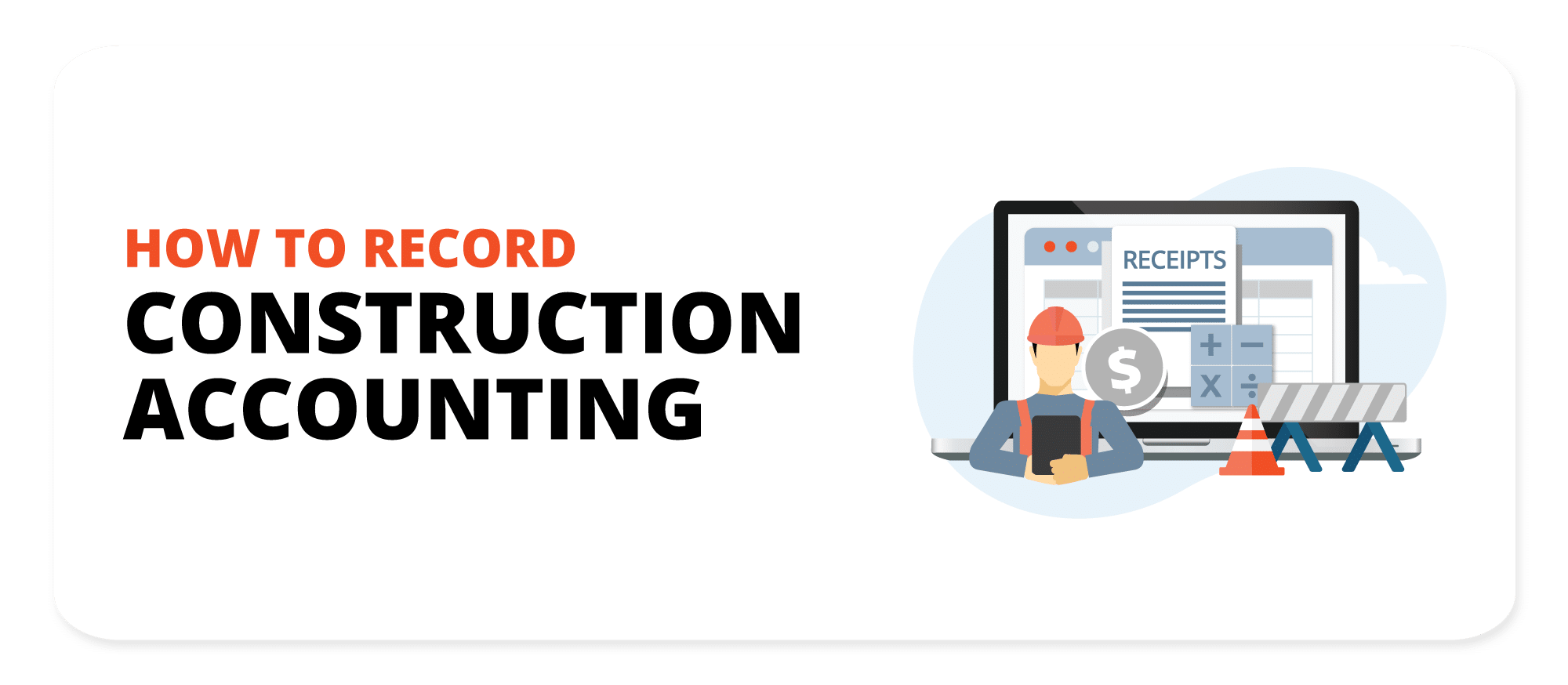A Comprehensive Overview to Building And Construction Accounting: Enhance Your Financial Administration
Effective financial monitoring is essential in the building and construction market, where the intricacies of project-based earnings and expenses can significantly impact total success. By utilizing best techniques in financial coverage and evaluation, stakeholders can not only enhance operational performance however also minimize possible risks.
Understanding Construction Bookkeeping
Recognizing building and construction accounting is essential for the successful monitoring of funds in the building sector. This specific branch of accounting addresses the special obstacles faced by construction companies, including project-based profits recognition, price tracking, and compliance with governing requirements. construction accounting. Unlike typical bookkeeping, building and construction bookkeeping calls for an unique strategy to handle the intricacies related to lasting contracts and changing costs
Secret components of building and construction accounting consist of exact income acknowledgment, which frequently relies upon the percentage-of-completion technique or completed-contract approach, depending on the job's nature. This makes certain that monetary declarations reflect true efficiency and success gradually. Task setting you back plays an important role, enabling firms to track costs connected with particular jobs, which helps in figuring out profitability and resource allotment.
Another important element is the administration of capital, which is usually influenced by settlement timetables and hold-ups in receivables. Efficient capital management ensures that construction companies can meet functional demands and purchase future jobs. construction accounting. Inevitably, grasping building bookkeeping gears up firms with the devices required to make educated financial decisions, minimize threats, and improve overall operational performance in an affordable market
Task Costing and Budgeting

Budgeting, on the other hand, works as an economic roadmap for jobs. It involves setting financial restrictions and designating resources to numerous job elements, thus developing a framework versus which actual costs can be gauged. Effective budgeting needs thorough evaluation and forecasting, taking right into consideration historic data, market trends, and prospective dangers.
Together, work setting you back and budgeting offer the necessary devices for building firms to keep an eye on monetary performance, recognize variances, and change approaches as needed. By carrying out durable work costing techniques and adhering to well-structured budget plans, companies can enhance their functional efficiency, alleviate financial dangers, and inevitably enhance their earnings in a competitive industry. Thus, these methods are essential for sustaining long-lasting success within the building and construction market.
Monitoring Expenditures and Earnings
Properly tracking expenditures and earnings is necessary for building firms to maintain financial wellness and make certain task viability. Reliable monitoring allows companies to keep an eye on task efficiency, identify cost overruns, and make informed financial decisions. Executing a systematic technique to taping all economic purchases is essential to accomplishing this goal.
Using construction bookkeeping software application can substantially improve the tracking process. These tools help with real-time tracking of expenditures, consisting of labor, products, and subcontractor expenses, while likewise capturing revenue generated from project milestones and client payments. By categorizing expenditures and earnings streams, companies can acquire insights into earnings and capital.
Integration of expenditure monitoring with task costing enables firms to evaluate the financial influence of certain jobs. This method makes certain that all costs are assigned correctly and aids in determining trends that might impact future projects. On a regular basis reconciling accounts and assessing budget plans against real costs can help protect against monetary discrepancies and preserve monetary self-control.
Financial Reporting and Evaluation
Monetary coverage and analysis play a pivotal duty in the building sector, providing stakeholders with crucial insights right look these up into a firm's economic performance and operational effectiveness. Exact financial reports, including balance sheets, income statements, and money circulation statements, are essential for analyzing the health of a building and construction organization. These papers help determine patterns, review project earnings, and promote educated decision-making.
In building audit, economic evaluation goes past plain reporting; it includes looking at economic information to uncover underlying patterns and anomalies. Key performance signs (KPIs), such as gross revenue margins, job conclusion rates, and roi, serve as criteria to assess functional success. Routinely examining these metrics enables companies to determine locations needing enhancement, maximize source appropriation, and enhance project management strategies.
Furthermore, effective financial reporting fosters transparency and builds trust with stakeholders, including customers, distributors, and capitalists. By preserving extensive financial oversight, building companies can mitigate threats, make certain conformity with regulative requirements, and inevitably drive sustainable development. Therefore, a robust financial coverage and evaluation framework is essential for browsing the intricacies of the building and construction landscape and accomplishing long-lasting success.
Ideal Practices for Success

2nd, embracing a regular technique to job setting you back is vital. This includes meticulously tracking all expenses published here related to each job, including labor, products, and expenses. Consistently assessing work costs versus initial quotes helps determine differences early, allowing prompt restorative activities.
Third, maintaining extensive documents methods makes certain compliance with guidelines and simplifies audits. This consists of maintaining comprehensive documents of contracts, modification orders, billings, and receipts.
Furthermore, purchasing personnel training is essential - construction accounting. Making certain that employees are skilled in accounting concepts, software program usage, and industry requirements can significantly improve effectiveness and precision in economic coverage
Conclusion
Effective monetary administration in the building check over here and construction industry demands a comprehensive understanding of unique accounting concepts. Durable monetary coverage and analysis enable building and construction experts to determine trends and assess performance.